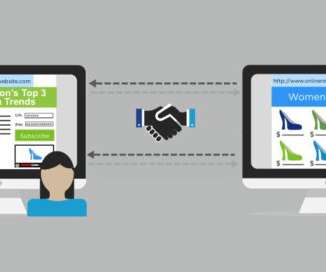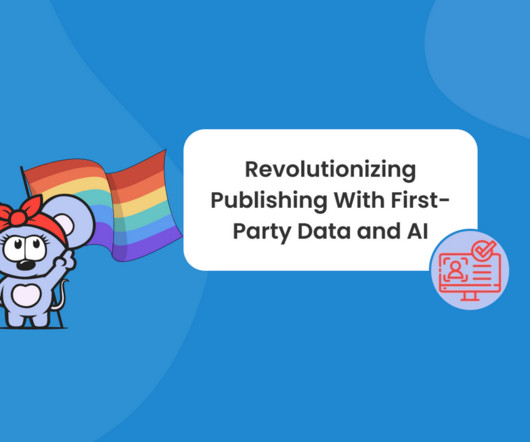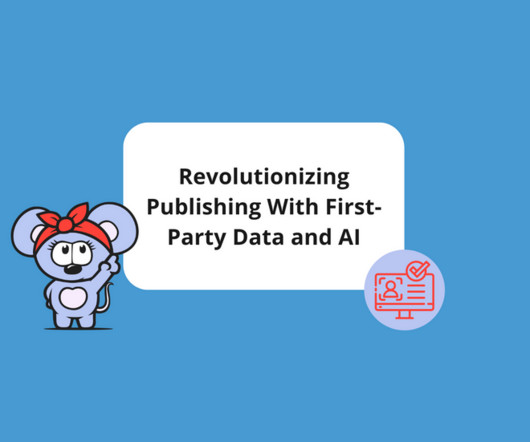Why marketers are giving second-party data a second look
ClickZ
OCTOBER 27, 2020
Second-party data has evolved with privacy in mind, allowing brands to access login data, device information, geolocation data, interest-level information, and transaction data to enrich their own data and identity graphs. It isn’t simply aggregated registration data from services like Groupon, either.














Let's personalize your content